- 全部删除
 您的购物车当前为空
您的购物车当前为空
Granzyme B/GZMB Protein, Human, Recombinant (His)
Granzyme B, also known as GZMB, is the most prominent member of the granzyme family of cell death-inducing serine proteases expressed in the granules of cytotoxic T lymphocytes (CTLs) and NK cells. Granzyme B enters the target cells depending on another membrane-binding granule protein, perforin, results in the activation of effector caspases and mitochondrial depolarization through caspase-dependent and -independent pathways, and consequently induces rapid cell apoptosis. Over 3 substrates of GZMB have been identified including the key substrate caspase-3, ICAD, and Bid. GZMB is suggested to protect the host by lysing cells bearing on their surface 'nonself' antigens such as bacterial and viral infected-cells and tumor cells and accordingly plays an essential role in immunosurveillance.
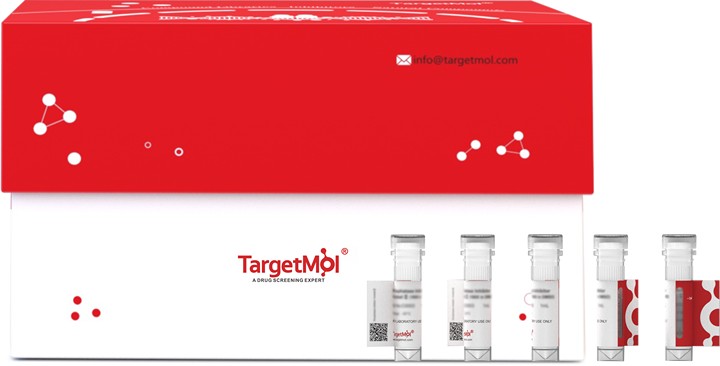
Granzyme B/GZMB Protein, Human, Recombinant (His)
| 规格 | 价格 | 库存 | 数量 |
|---|---|---|---|
| 5 μg | ¥ 697 | 6-8日内发货 | |
| 10 μg | ¥ 1,150 | 6-8日内发货 | |
| 20 μg | ¥ 1,890 | 5日内发货 | |
| 50 μg | ¥ 3,820 | In stock | |
| 100 μg | ¥ 6,530 | 5日内发货 | |
| 200 μg | ¥ 11,100 | 5日内发货 | |
| 500 μg | ¥ 22,500 | 5日内发货 |
产品信息
| 生物活性 | Measured by its ability to cleave a peptide substrate, tButyloxycaronylAlaAlaAspThioBenzylester (BocAADSBzl),in the presence of 5,5’Dithiobis (2nitrobenzoic acid) (DTNB). The specific activity is >1500 pmol/min/μg. (The enzyme needs to be activated by Recombinant Mouse Active Cathepsin C) |
| 产品描述 | Granzyme B, also known as GZMB, is the most prominent member of the granzyme family of cell death-inducing serine proteases expressed in the granules of cytotoxic T lymphocytes (CTLs) and NK cells. Granzyme B enters the target cells depending on another membrane-binding granule protein, perforin, results in the activation of effector caspases and mitochondrial depolarization through caspase-dependent and -independent pathways, and consequently induces rapid cell apoptosis. Over 3 substrates of GZMB have been identified including the key substrate caspase-3, ICAD, and Bid. GZMB is suggested to protect the host by lysing cells bearing on their surface 'nonself' antigens such as bacterial and viral infected-cells and tumor cells and accordingly plays an essential role in immunosurveillance. |
| 种属 | Human |
| 表达系统 | HEK293 Cells |
| 标签 | C-His |
| 蛋白编号 | P10144 |
| 别名 | SECT,HLP,granzyme B (granzyme 2, cytotoxic T-lymphocyte-associated serine esterase 1),CTSGL1,CTLA1,CSP-B,CSPB,CGL-1,CGL1,CCPI |
| 蛋白构建 | A DNA sequence encoding the proform of human Granzyme B (NP_004122.1) (Met 1-Tyr 247) was expressed with a C-terminal polyhistidine tag. Predicted N terminal: Gly 19 |
| 蛋白纯度 | ≥ 97 % as determined by SDS-PAGE ≥ 95 % as determined by SEC-HPLC. 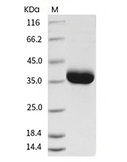 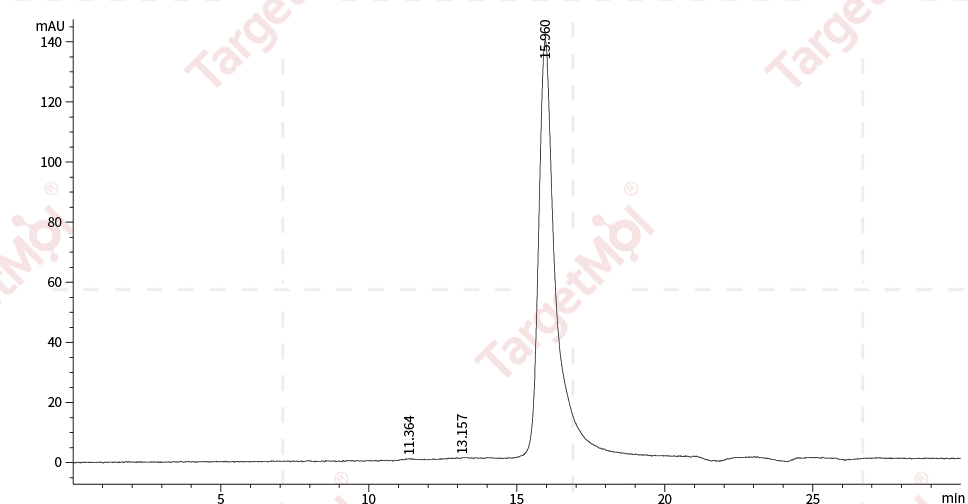 |
| 分子量 | 27.2 kDa (predicted); 35-40 kDa (reducing condition, due to glycosylation) |
| 内毒素 | < 1.0 EU/μg of the protein as determined by the LAL method. |
| 缓冲液 | Lyophilized from a solution filtered through a 0.22 μm filter, containing PBS, pH 7.4. Typically, a mixture containing 5% to 8% trehalose, mannitol, and 0.01% Tween 80 is incorporated as a protective agent before lyophilization. |
| 复溶方法 | A Certificate of Analysis (CoA) containing reconstitution instructions is included with the products. Please refer to the CoA for detailed information. |
| 存储 | It is recommended to store recombinant proteins at -20°C to -80°C for future use. Lyophilized powders can be stably stored for over 12 months, while liquid products can be stored for 6-12 months at -80°C. For reconstituted protein solutions, the solution can be stored at -20°C to -80°C for at least 3 months. Please avoid multiple freeze-thaw cycles and store products in aliquots. |
| 运输方式 | In general, Lyophilized powders are shipping with blue ice. |
| 研究背景 | Granzyme B, also known as GZMB, is the most prominent member of the granzyme family of cell death-inducing serine proteases expressed in the granules of cytotoxic T lymphocytes (CTLs) and NK cells. Granzyme B enters the target cells depending on another membrane-binding granule protein, perforin, results in the activation of effector caspases and mitochondrial depolarization through caspase-dependent and -independent pathways, and consequently induces rapid cell apoptosis. Over 3 substrates of GZMB have been identified including the key substrate caspase-3, ICAD, and Bid. GZMB is suggested to protect the host by lysing cells bearing on their surface 'nonself' antigens such as bacterial and viral infected-cells and tumor cells and accordingly plays an essential role in immunosurveillance. |


















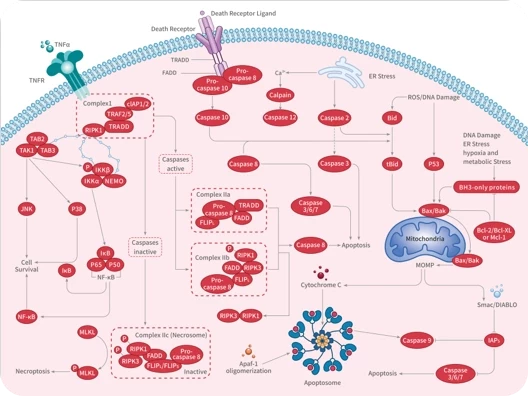
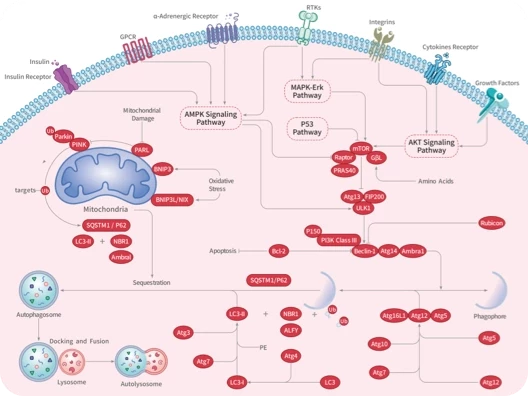

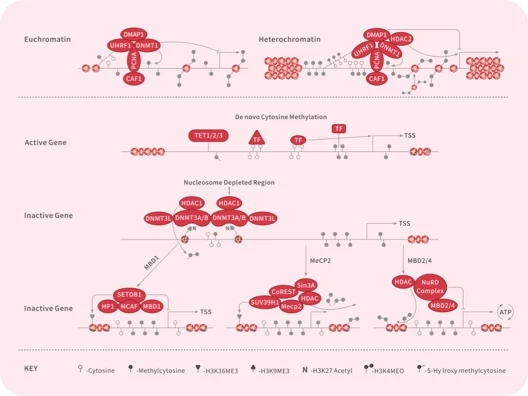
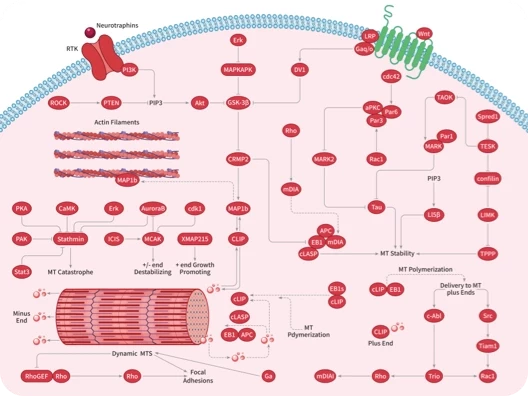
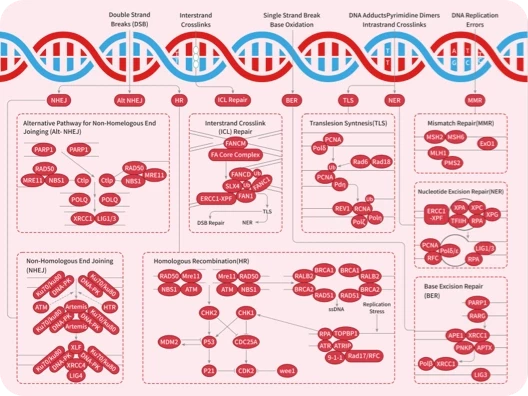
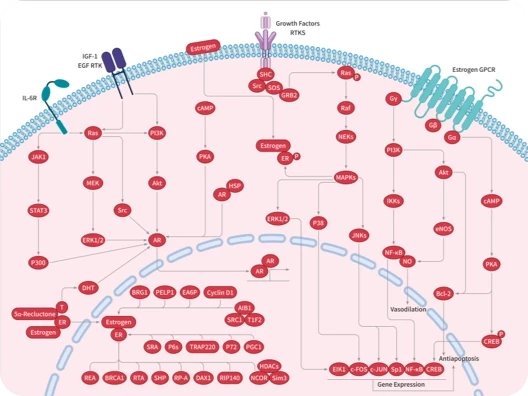
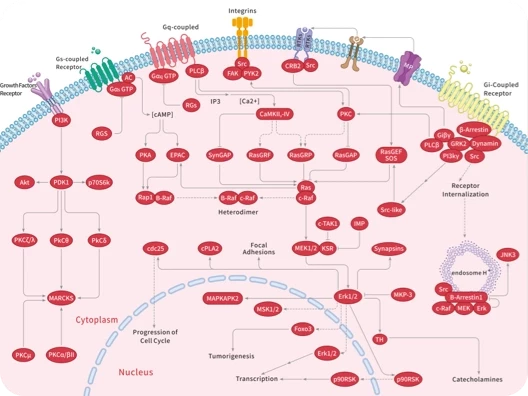
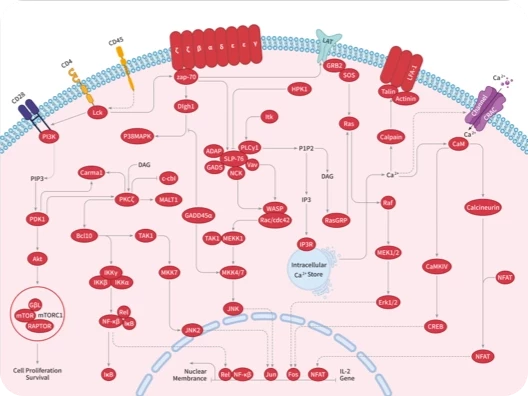
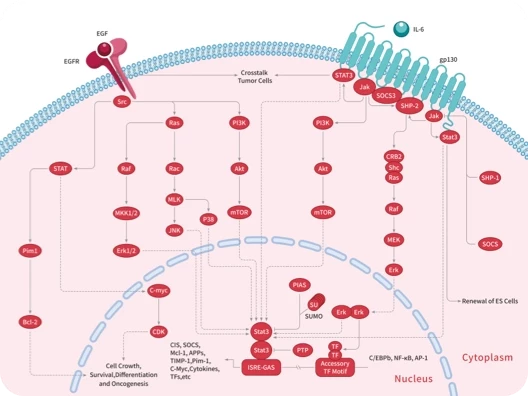
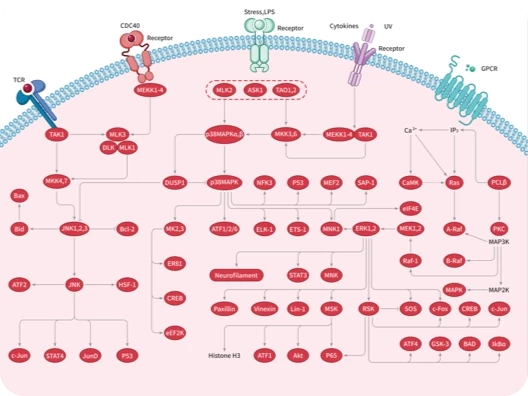
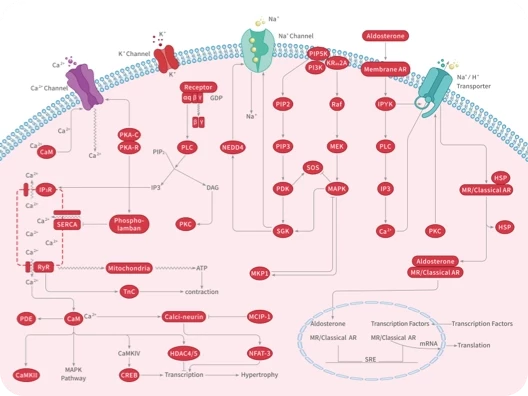
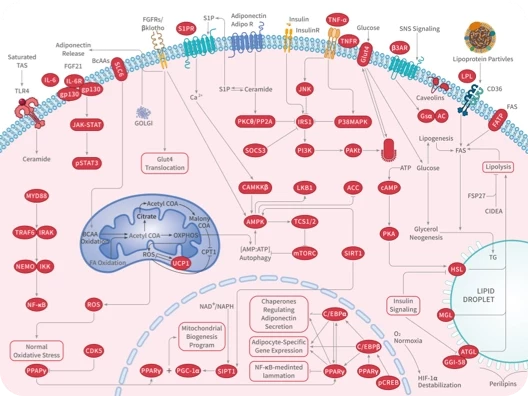
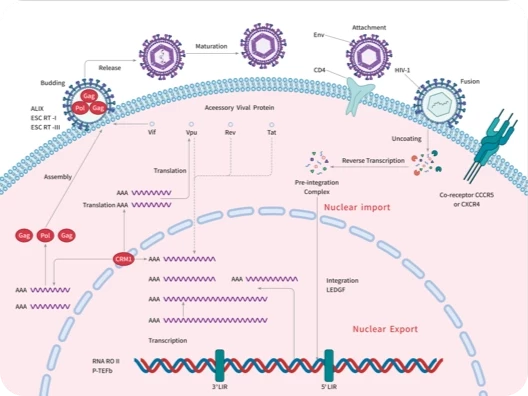

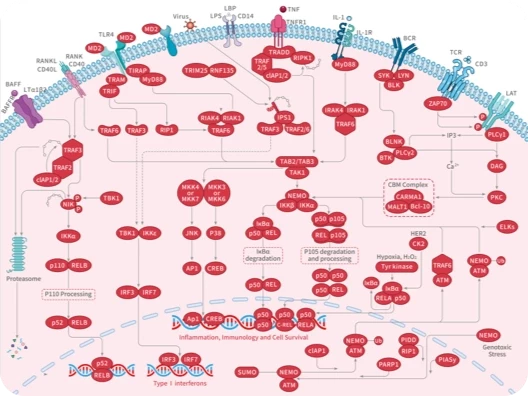
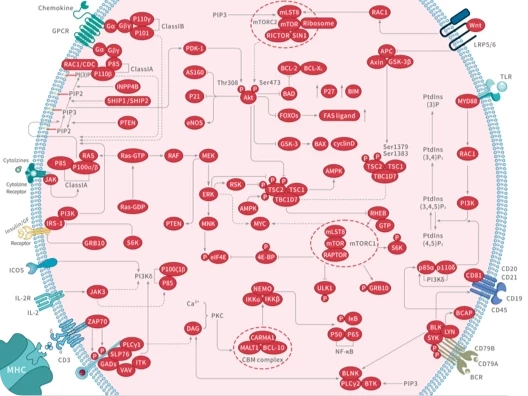
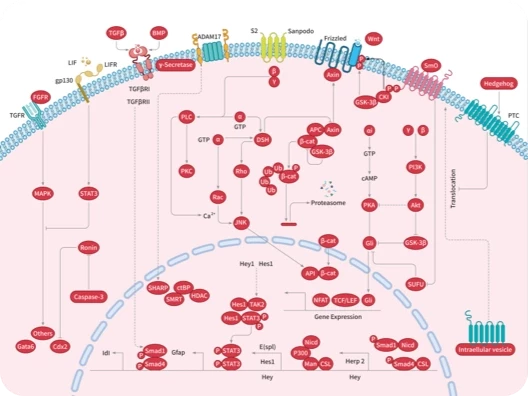
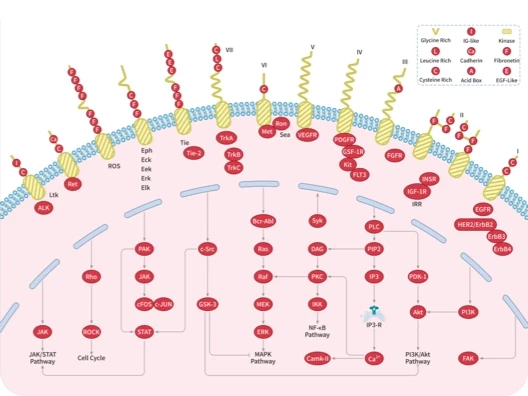
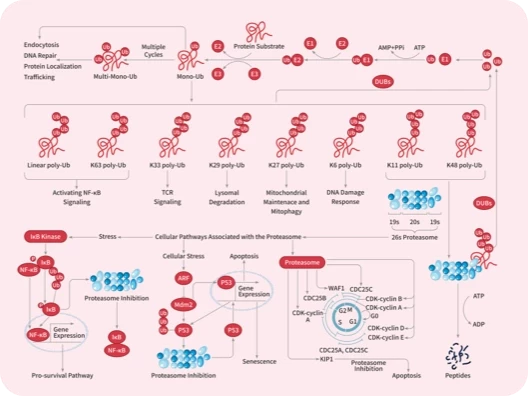


 |
|